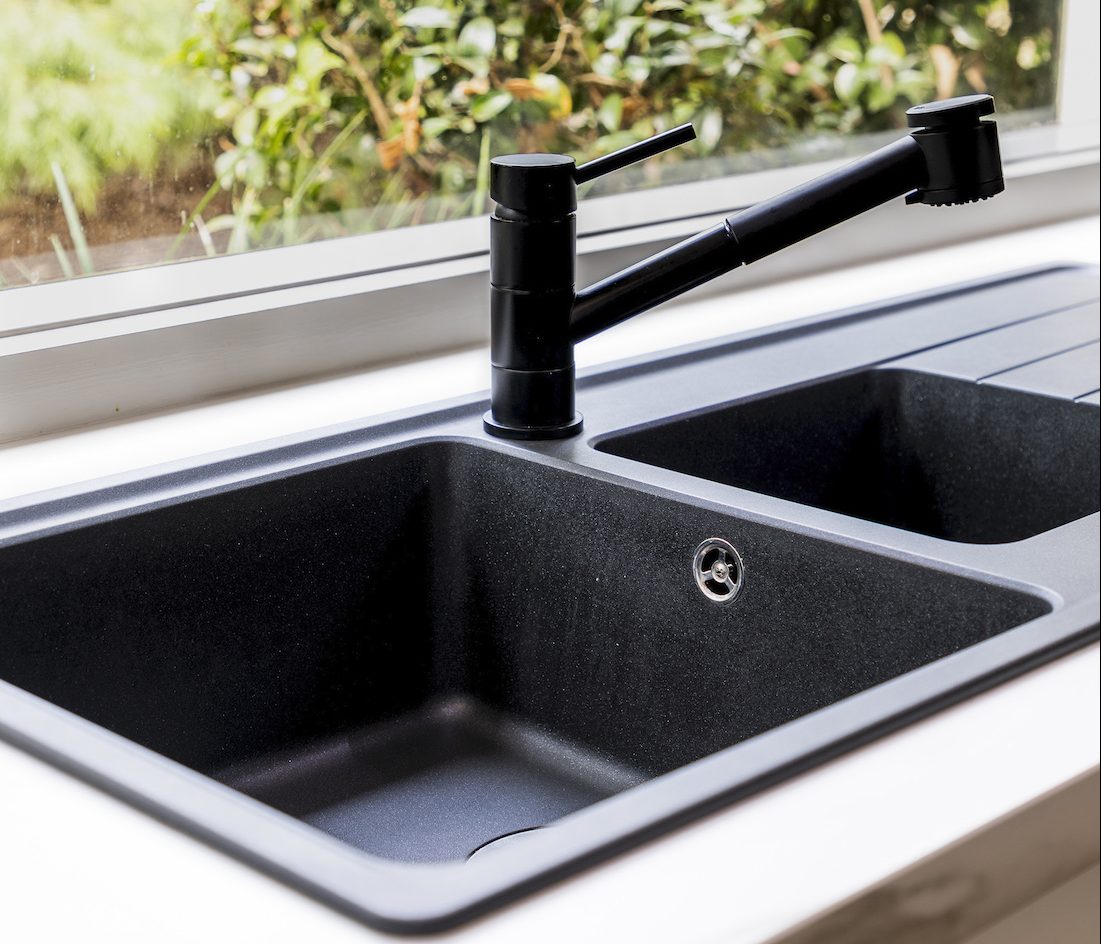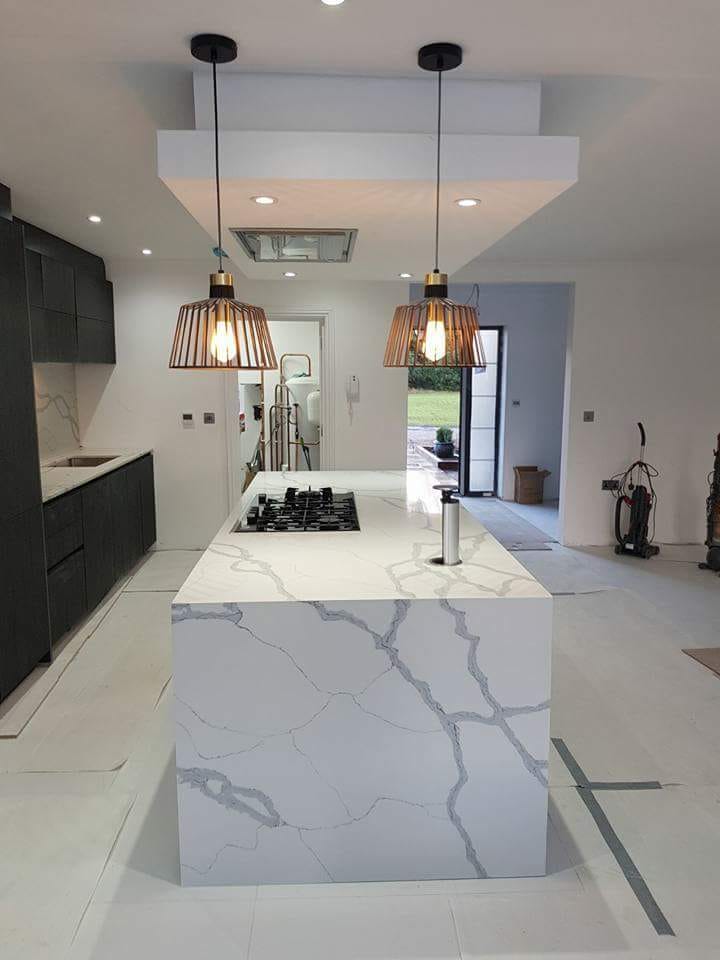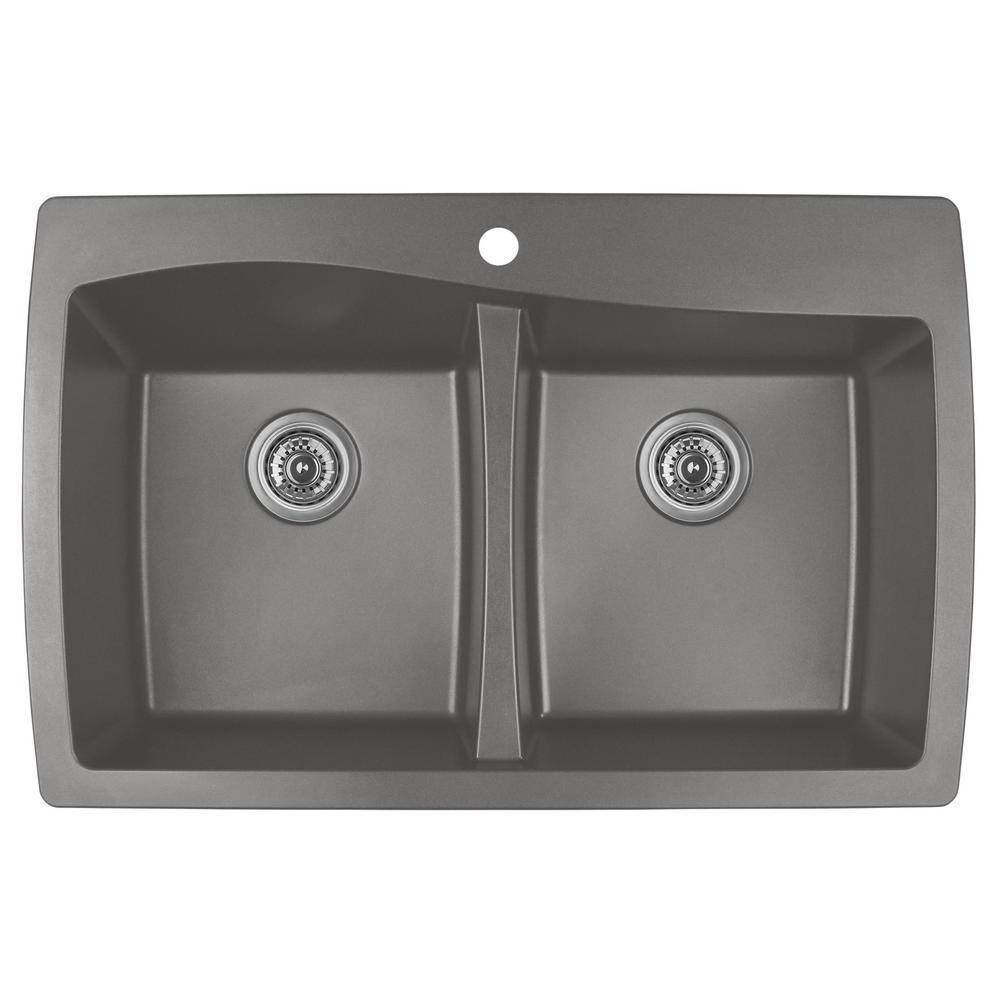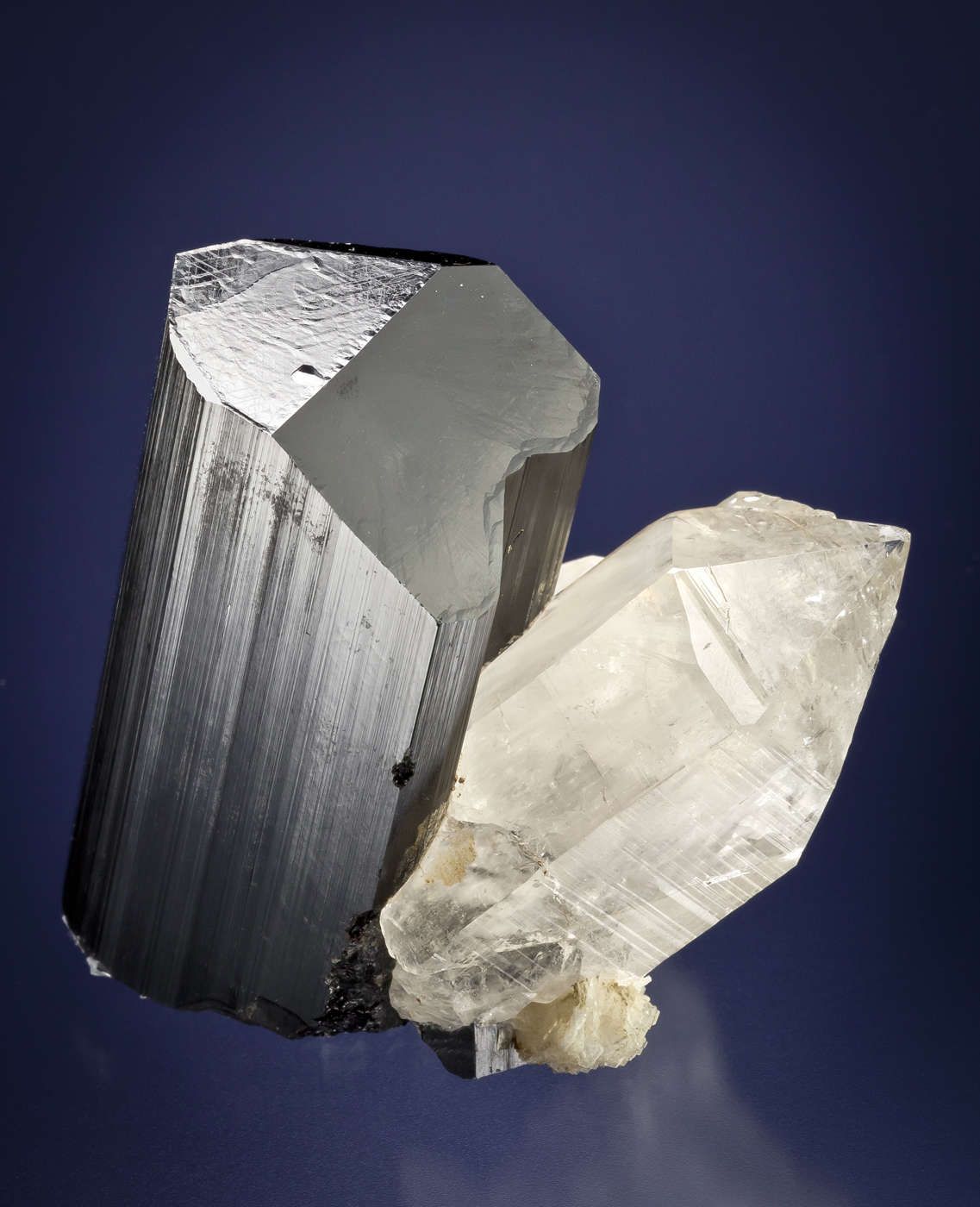
- #QUARTZ COMPOSITOR MAC OS X#
- #QUARTZ COMPOSITOR UPDATE#
- #QUARTZ COMPOSITOR DRIVER#
- #QUARTZ COMPOSITOR WINDOWS#
MacOS has used the Quartz Compositor since its initial release of 10.0 in 2001.
#QUARTZ COMPOSITOR WINDOWS#
Windows has used the DWM compositor since Vista, enabled by the Aero theme. Compositors can also add effects like transparency, animations, and blur.
#QUARTZ COMPOSITOR UPDATE#
Vertical synchronization, or vsync, prevents screen tearing by waiting on the display to update before updating the display. A well-written compositor is critical for a smooth desktop experience. Each frame of each running application goes through the compositor. Each buffer is put into one final image that the compositor outputs to the display. See Also: Why We’re Still Recommending the GT 710 For Passthrough Hosts What is a compositor?Ī compositor is an application that gives each window a buffer to render to. Here’s a brief rundown of a few of the most popular compositors. The compositor is among the most vital components for good desktop UX on Linux.
#QUARTZ COMPOSITOR DRIVER#
Depending on the driver and environment in use, your desktop’s responsiveness and performance can vary wildly. A workaround is to force quit the Quartz Debug application, which will leave QuartzGL enabled system-wide.Īll graphics cards capable of supporting Core Image also support QuartzGL.Desktop performance on Linux can vary with different environments, window managers, compositors, and graphics drivers. QuartzGL will be disabled once again upon quitting the Quartz Debug utility. However, it is possible to enable it using the Quartz Debug application included in the Apple Developer Tools. This differs from Quartz Extreme, which still executes Quartz drawing commands on the CPU but performs final composition using the GPU.Īs of OS X Mountain Lion, QuartzGL is still not enabled by default. With QuartzGL enabled, all Quartz drawing commands are translated to OpenGL commands and executed on the GPU.

#QUARTZ COMPOSITOR MAC OS X#
QuartzGL (called Quartz 2D Extreme when it was introduced in Mac OS X Tiger) is GPU acceleration for the Quartz 2D API. NVIDIA GeForce2 MX, 16 MB VRAM minimum, or betterĪs of OS X El Capitan, Quartz Extreme is enabled on all supported Macs.AMD (ATI) Radeon, AGP-based, 16 MB VRAM minimum, or better.In Mac OS X Tiger, it is automatically enabled on Mac systems with one of the following types of graphics cards:

Quartz Extreme only uses OpenGL commands, and requires a graphics card connected to an AGP 2X or faster bus (including AGP 4X, 8X, and PCI Express), supporting textures and maps of arbitrary size, since many of the renderers have no size limitation (Quartz 2D for example). It then directs the GPU to compose the surfaces and maps to provide the final image, which is delivered to the frame buffer. Instead, the Quartz Compositor encapsulates each rendered backing store in an OpenGL texture map or surface. With Quartz Extreme, far fewer central processing unit (CPU) cycles are needed for scene composition. Mac OS X v10.2 introduced Quartz Extreme: graphics processor (GPU) acceleration for the Quartz Compositor. The Quartz Compositor takes the events from the queue, determines which process owns the window where the event occurred, and passes the event on to the process. In its role as window manager, Quartz Compositor also has an event queue which receives events, such as key strokes and mouse clicks. Quartz Compositor then acts as a "visual mixing board," by adding the given window to the whole scene for the display. The choice of the renderer is up to the individual application, although most use Quartz 2D.


In managing individual windows, Quartz Compositor accepts a bitmap image of the window's contents from its renderer, along with its position. Quartz Compositor only accepts raster data, and is the only process that can directly access the graphics frame buffer. The Compositor then reads the data from the backing stores and assembles each into one image for the display, writing that image to the frame buffer memory of the graphics card. The bitmap output from Quartz 2D, OpenGL, Core Image, QuickTime, or other process is written to a specific memory location, or backing store.


 0 kommentar(er)
0 kommentar(er)
